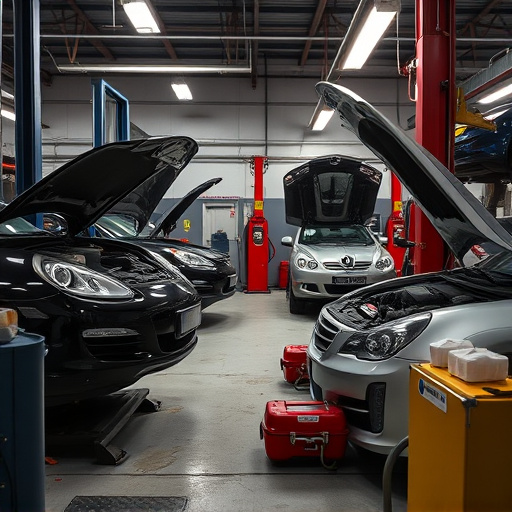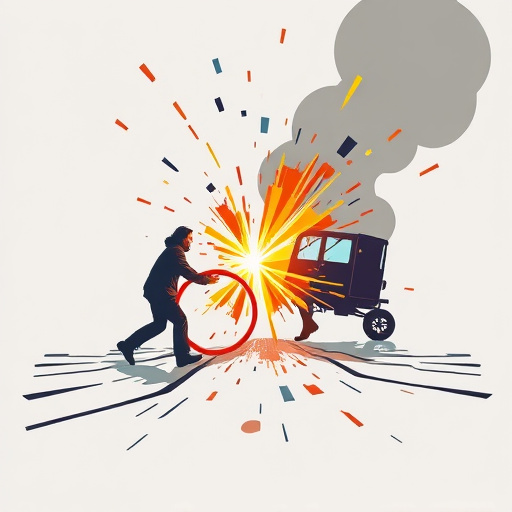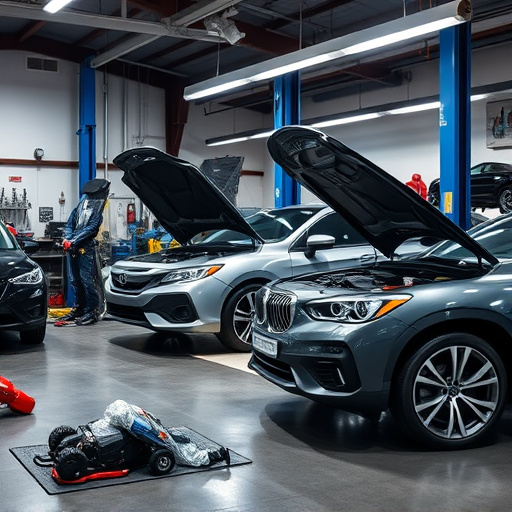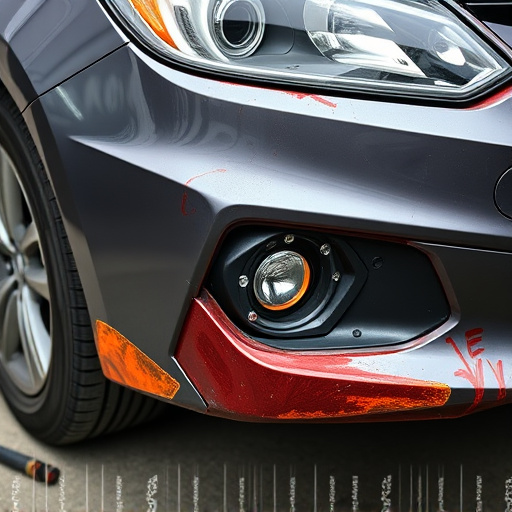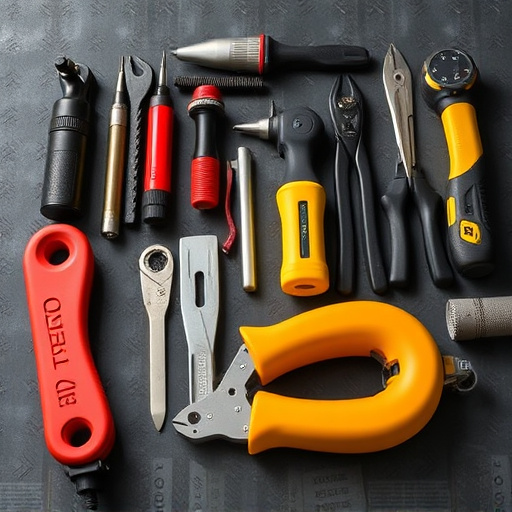Customer safety assurance is a strategic priority for businesses, especially auto body shops, focusing on minimizing risks throughout the customer journey. Safety checklists are vital tools, offering structured frameworks that ensure quality control and adherence to standards in hazardous material handling, restoration protocols, and client communication. Tailored checklists for services like auto bodywork enhance customer safety by promoting accountability, mitigating risks, and facilitating continuous improvement based on industry best practices.
Safety checklists are indispensable tools for organizations aiming to ensure customer safety and meet their assurance goals. This article delves into the critical role these checklists play in safeguarding consumers, highlighting their significance in various industries. We explore how well-structured checklists can systematically identify and mitigate risks, fostering a culture of safety and reliability. Through understanding and implementing effective strategies, businesses can enhance customer trust and satisfaction while adhering to essential safety standards.
- Understanding Customer Safety Assurance and its Significance
- The Role of Safety Checklists in Achieving Assurance Goals
- Creating and Implementing Effective Customer Safety Checklists
Understanding Customer Safety Assurance and its Significance
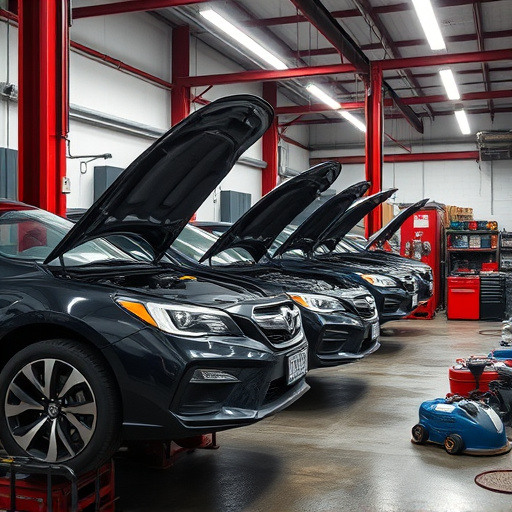
Customer safety assurance is a cornerstone of any business that interacts with clients, especially those providing essential services like auto body shops and collision centers. It involves a systematic approach to mitigate risks and protect customers throughout their engagement with your facility or service. This encompasses everything from initial customer interaction to post-service follow-ups. Ensuring customer safety isn’t just about adhering to legal obligations; it’s a strategic move to build trust, enhance client satisfaction, and foster long-term relationships.
In the context of an auto body shop or collision center, customer safety assurance translates into ensuring the well-being of clients during the repair process. This includes proper handling of hazardous materials, adherence to safety protocols during auto body restoration, and effective communication to address customer concerns. By prioritizing customer safety, these businesses not only meet legal standards but also position themselves as responsible stewards, fostering a reputation for quality service and care that sets them apart from competitors.
The Role of Safety Checklists in Achieving Assurance Goals
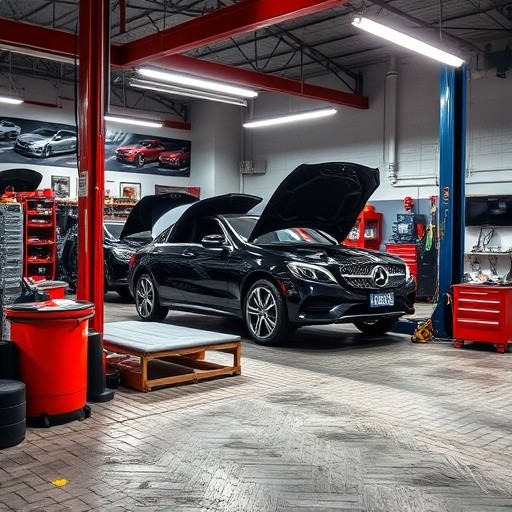
Safety checklists play a pivotal role in achieving customer safety assurance goals by providing a structured and systematic approach to ensuring every detail is accounted for. These checklists serve as a comprehensive guide, helping professionals across various industries, particularly automotive sectors like vehicle body repair and restoration, maintain consistent quality standards.
They act as a quality control mechanism, meticulously outlining pre-defined criteria and procedures. For instance, in vehicle restoration, a safety checklist might encompass everything from verifying the integrity of the frame and structural components to ensuring proper paint job and final aesthetic appeal. Similarly, automotive repair checklists guarantee that every component is inspected, replaced, or repaired according to set standards, thereby enhancing customer satisfaction and safety by minimizing potential risks and errors during complex procedures.
Creating and Implementing Effective Customer Safety Checklists
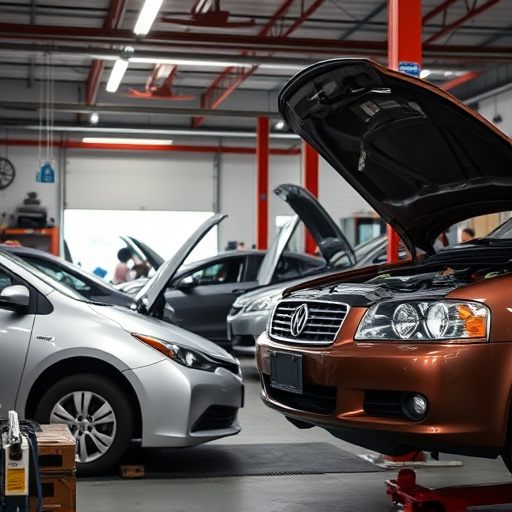
Creating and implementing effective customer safety checklists is a strategic move towards enhancing customer safety assurance. These checklists serve as a structured guide, ensuring no detail is missed during the service process. They should be tailored to specific services, like auto bodywork or car paint repair, addressing unique risks associated with each. For instance, an auto dent repair checklist could include verification of tools and equipment for proper usage, confirmation of technician training in safety protocols, and steps to mitigate exposure to hazardous chemicals.
A well-designed checklist promotes accountability by providing a clear framework for every step of the service. It enables staff to quickly assess potential hazards, implement controls, and communicate risks effectively to customers. Regularly updating these checklists based on new findings or industry best practices ensures ongoing compliance and continuous improvement in customer safety assurance.
Safety checklists are indispensable tools for achieving robust customer safety assurance goals. By systematically outlining potential risks and ensuring comprehensive coverage, these checklists empower businesses to deliver a secure and reliable experience for their customers. Through proper creation, implementation, and regular updates, companies can effectively navigate the complex landscape of customer safety, fostering trust and enhancing their reputation in today’s competitive market.
